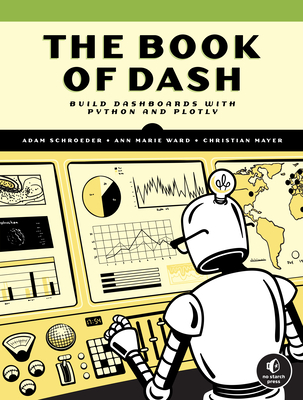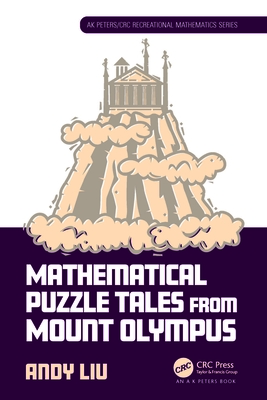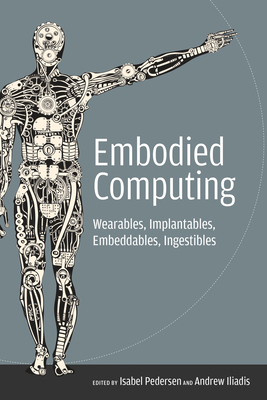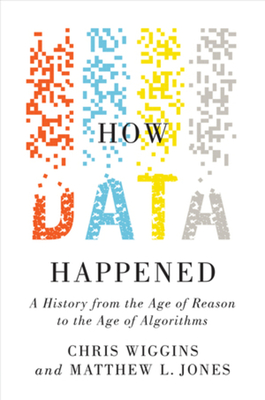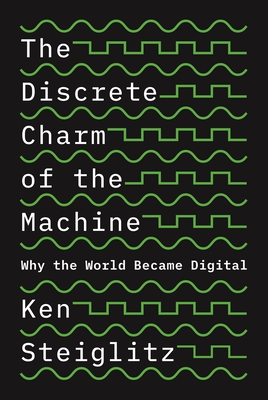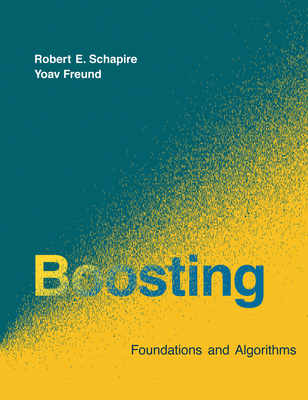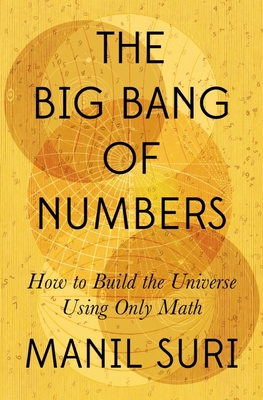
Complexity Issues in VLSI: Optimal Layouts for the Shuffle-Exchange Graph and Other Networks (Foundations of Computing)
Description
This book solves several mathematical problems in the areas of Very Large Scale Integration (VLSI) and parallel computation. In particular, it describes optimal layouts for the shuffle-exchange graph, one of the best known networks for parallel computation. Attempts to design a shuffle-exchange computer have been hampered in part by the fact that, until now, no good layouts for the shuffle-exchange graph were known. The mesh of trees network (which may eventually prove as useful as the shuffle-exchange graph) is introduced and the book shows how it can be used to perform a variety of computations, including sorting and matrix multiplication, in a logarithmic number of steps. Next, the book introduces the tree of meshes, the first planar graph that was discovered not to have a linear-area layout. Most recently, the structure of this graph has been used to develop a general framework for solving VLSI graph layout problems. Finally, the book develops techniques for proving lower bounds on the bisection width, crossing number, and layout area of a graph. These techniques significantly extend the power and range of previous methods.Researchers in the fields of VLSI, parallel computation, and graph theory will find this study of particular value; it is also accessible to anyone with an elementary knowledge of mathematics and computer science. The book is self-contained and presents in a unified and original manner many results scattered in the technical literature, while also covering new and fundamental results for the first time.









